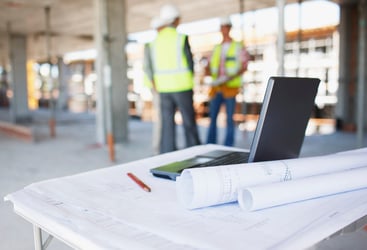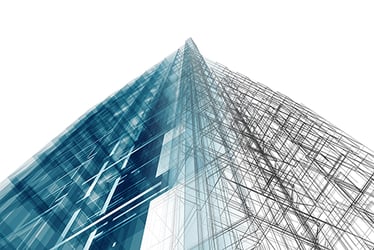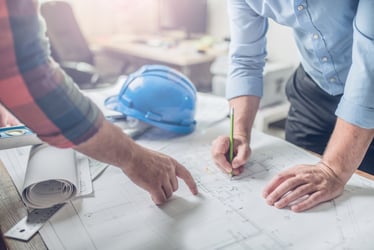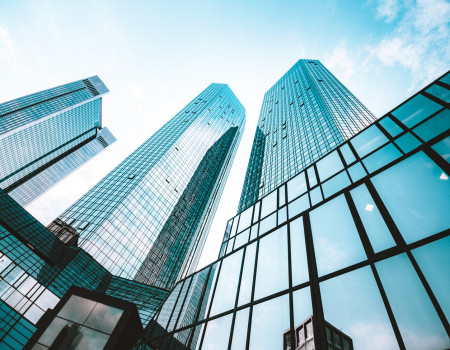Related Posts



You are about to leave Risk Strategies website and view the content of an external website.
You are leaving risk-strategies.com
By accessing this link, you will be leaving Risk Strategies website and entering a website hosted by another party. Please be advised that you will no longer be subject to, or under the protection of, the privacy and security policies of Risk Strategies website. We encourage you to read and evaluate the privacy and security policies of the site you are entering, which may be different than those of Risk Strategies.


No matter how skilled the surgeon, they cannot – and will not – guarantee the results of a surgery. Always going in with the best of intentions, the result is typically left to forces beyond their control.
The same can be said of architecture and engineering firms contracted to design a LEED-certified building, with admittedly lower stakes.
LEED (Leadership in Energy and Environmental Design) is the most widely used green-building rating system in the world, commissioned by the U.S. Green Building Council. As the country continues to confront the effects of climate change, most organizations are working to lessen environmental footprints, starting from the ground up at the onset of design and ultimately into construction.
But LEED Certification is not granted until the completion of the building. While there are checkpoints along the way to ensure a project is on track, there is no true way of knowing whether the building meets the requirements for Certified, Silver, Gold or Platinum status until the day the third-party evaluator hands down their judgment.
This gets tricky for designers, as clients are looking to partner with firms who can guarantee success, which is why it’s being written into their contracts.
Don’t Let Fate Decide the Bottom Line
Designers must make certain that expectations of the building owner on achieving LEED certification are realistic. Remind them early and often that there is a myriad of issues that could arise beyond everybody’s control, such as malfunctioning products or processes.
A green building is still a new frontier, with exciting innovations hitting the market seemingly daily. However, shiny new ideas are untested by nature, and they commonly fail or fall short of expectations, leaving the building less green than expected.
Innovation is also expensive. Once the project is under way, budgets can quickly become overblown and owners will find themselves reassessing priorities. Any changes made at this stage can affect the ultimate sustainability and certification.
How to Avoid Contractual Liability
The key to designers managing liability is their contract. Do not sign anything that holds the firm to achieving a certain level of certification. Before signing, pay close attention to some key words and phrases, such as ‘warranty’, ‘guarantee’ and ‘achieve the highest level of standard care’. Omit and revise as necessary, and then address the below.
Innovation comes with increased risks and increased costs. Make sure everyone is protected from unnecessary and costly litigation by setting clear expectations about the LEED certification process and keeping a keen eye on contracts. Need an extra set of eyes? A risk management broker is here to help.
Want to learn more?
Find me on LinkedIn, here.
Connect with the Risk Strategies Architects & Engineers team at aepro@risk-strategies.com.
Email me directly at mwelbel@risk-strategies.com.
The contents of this article are for general informational purposes only and Risk Strategies Company makes no representation or warranty of any kind, express or implied, regarding the accuracy or completeness of any information contained herein. Any recommendations contained herein are intended to provide insight based on currently available information for consideration and should be vetted against applicable legal and business needs before application to a specific client.


